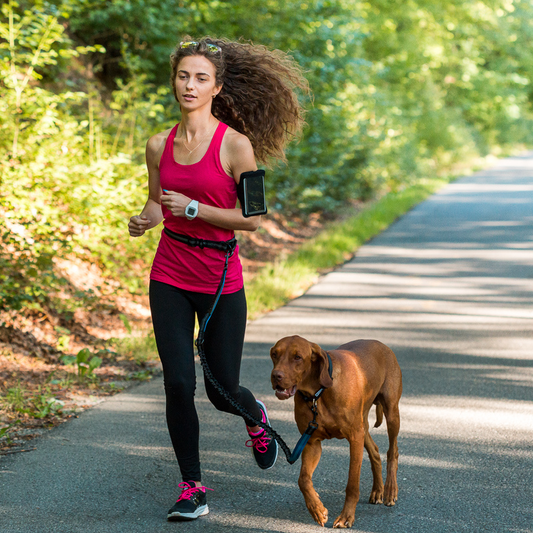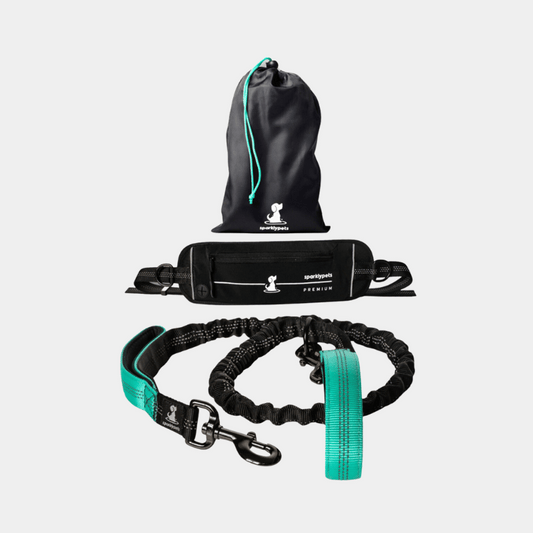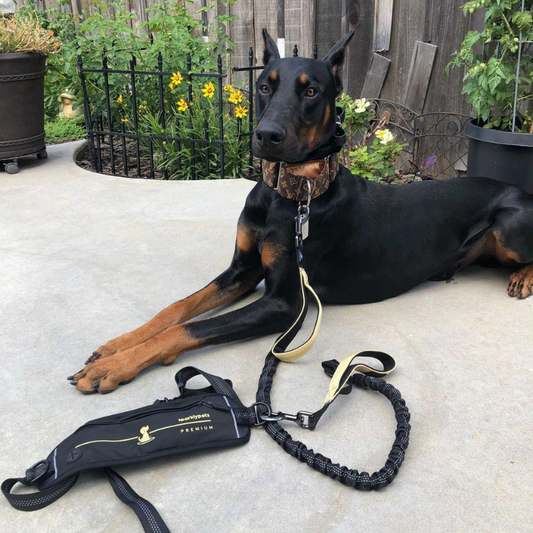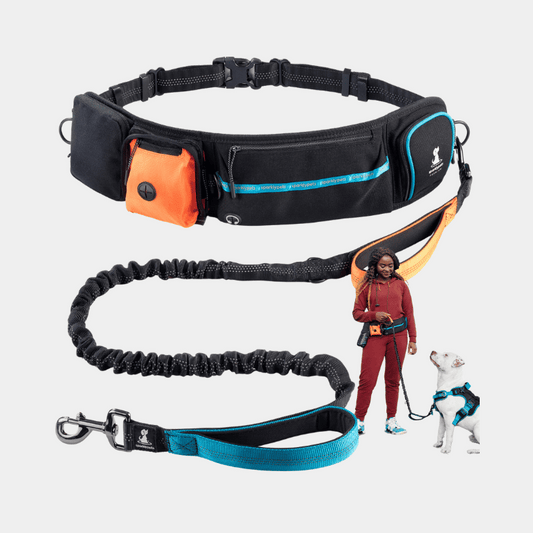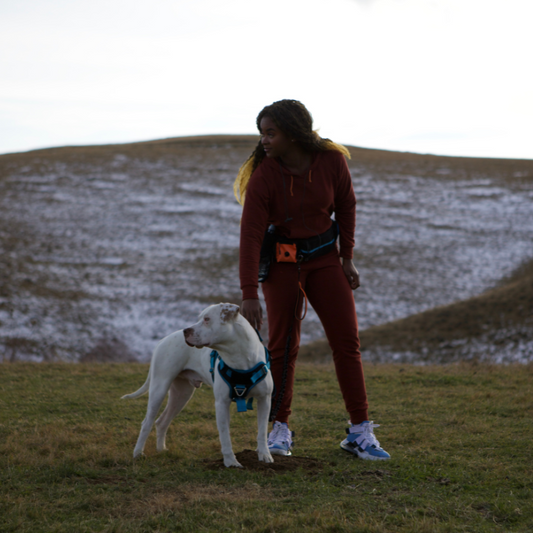What happens to your dog when you leave home? Does he wait patiently for you to come back or do you get back to a destroyed door and a noise complaint from your neighbors? If the latter is true, you might want to look into separation anxiety and see if your dog is suffering from this.
It’s a known fact that dogs are social animals, as they form bonds with other dogs or humans. But when the dog becomes too dependent on others, it can easily turn out to be detrimental to their health, as well as your peace. Separation anxiety can affect dogs and owners in many ways, so in this article, we’re discussing the causes, as well as some solutions to separation anxiety in dogs.
Why does my dog get separation anxiety?
It’s very difficult to pinpoint why a dog may get separation anxiety, as it doesn’t have a true pattern that can help us identify the cause for sure. Furthermore, it’s very hard to predict such behaviors, since it’s very prevalent in most dog breeds. Regardless of how stable and safe your dog is currently, or how affected his past was before reaching you, any dog can develop signs of separation anxiety at any stage. It’s important to first understand that it has nothing to do with the way you’re acting.
Now that that’s out of the way, let’s see a few common triggers for this disorder. Moving to a different space may be reactive, as the pup is unsure of their new surroundings and they don’t have you by their side to guide them through it. Previous trauma can also be a trigger for separation anxiety, if the puppy has experienced extreme stress or got very scared by a situation. This can include losing a loved one, being abandoned, a scary thunderstorm or being abused by previous owners.
How do I know if my dog is anxious or just needs training?
Obedience training is always the first thing to take into account when assessing your dog’s situation. If your dog is being destructive regardless of whether he’s in your presence or not, it’s likely that you’ll need to focus your attention on the basic commands and some obedience training first.
However, if your doggo only acts up when left alone, destroys things that are normally not of interest to them, or poops/pees in doors when alone, even though they’re potty trained, you might find a cause in separation anxiety.
How can I help my dog?
The most important step in these situations is to talk to your vet. This will help eliminate other potential health issues that may be causing your dog distress. Once that’s out of the question, it’s time to assess the situation. How bad is their reaction when left alone? This can determine what course of action you should take. If your dog destroys your things when left alone, first make sure you replace your things with his toys, whenever possible, to encourage him get comfortable with the familiar objects.
To change this behaviour, you’ll need a lot of patience, but it’s not impossible. Start by leaving your dog for brief periods of time, at first by just going to a different room. When you come back, act normal around them, as if you never left. Increase the timeframe as things progress. It’s important to avoid things that can set a pattern like alerting your dog you’re going to leave (saying goodbye) or cuddling your dog when returning. Giving your dog the chance to understand that you’ll always come back is the key outcome here.
Once you’ve established trust that you’re coming back, you can also introduce stress relief methods to soothe them while you’re out. Placing toys in different parts of the house may spark his interest. Other mechanisms that might challenge him mentally could also be effective.
Another good idea is to invest in pet daycare or a pet sitter, if you need to leave your dog for much longer than he’s comfortable. While supervised by others, your dog might not have the stress of being left and separation anxiety will be significantly reduced.
Since we’ve talked about some actions you can take to reduce signs of separation anxiety, it’s important to also note some of the things that might be a bad idea to do: punish your dog for it. Punishing your dog should not have a place in your dog’s training if you want to achieve long term results. This can lead to fear based training, which, in the case of separation anxiety, can only make things worse instead of better.
In the end, making your dog feel safe when alone, is one of the fundamental things that will help with separation anxiety. If you don’t succeed in creating the stress free zone your dog needs, you can always reach out for help to trained professionals that can help guide you through it all.
Next Article: 5 tips to maintain your dog's joints healthy




